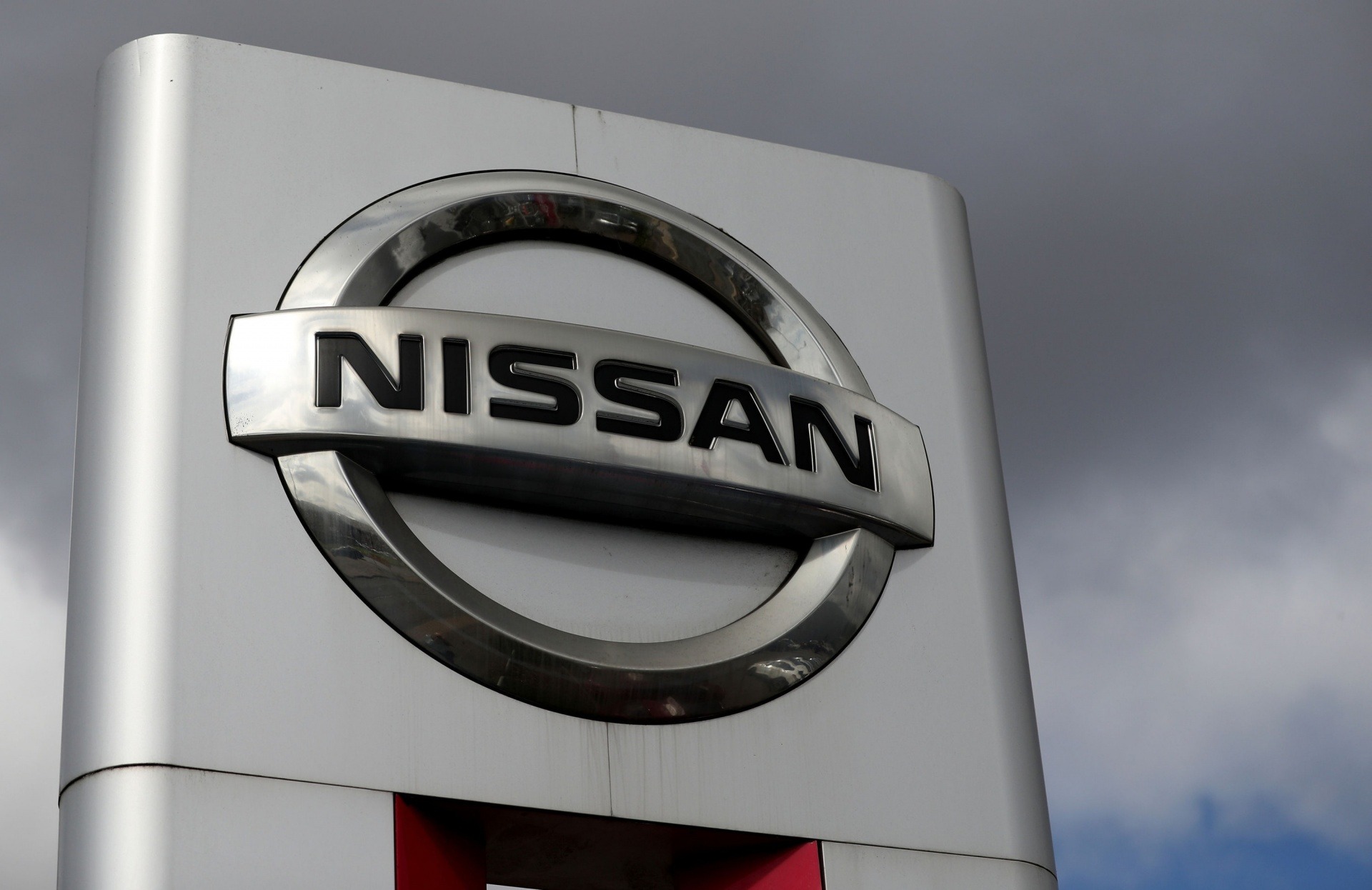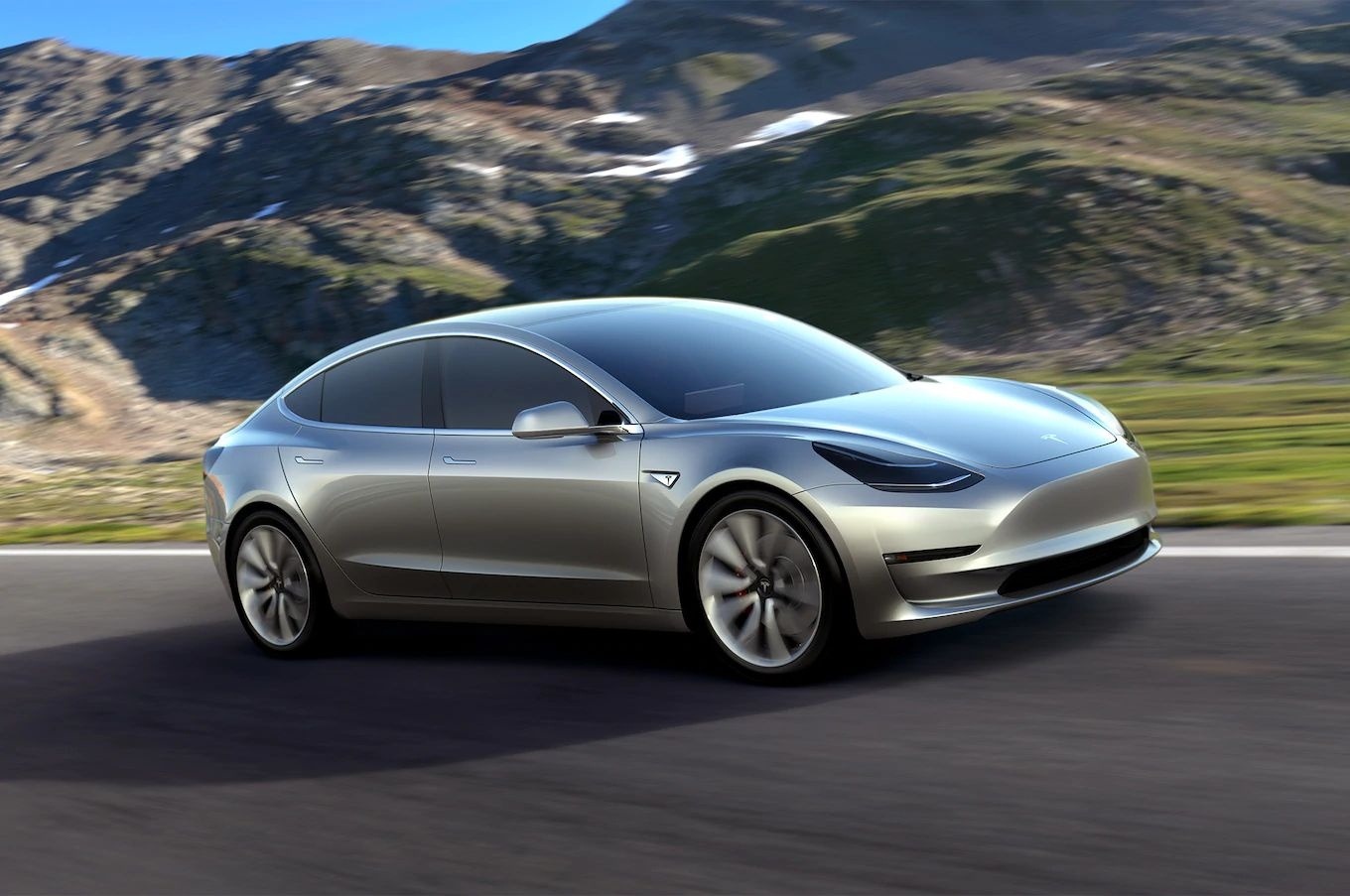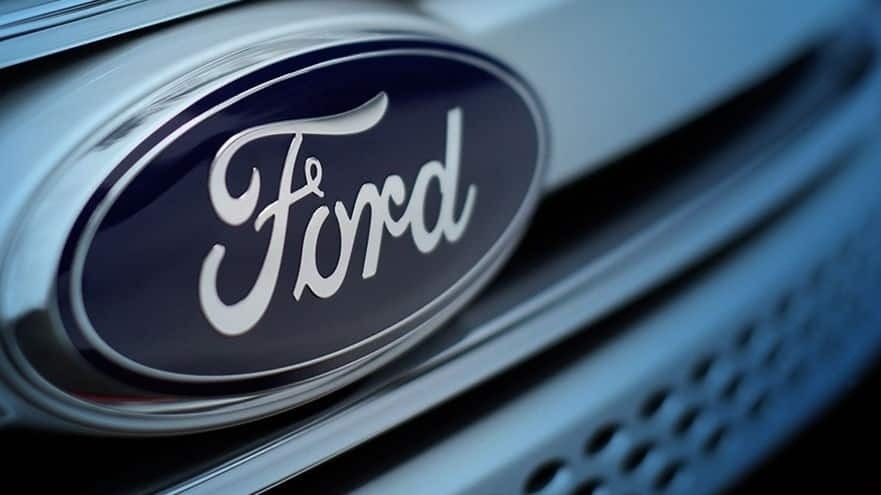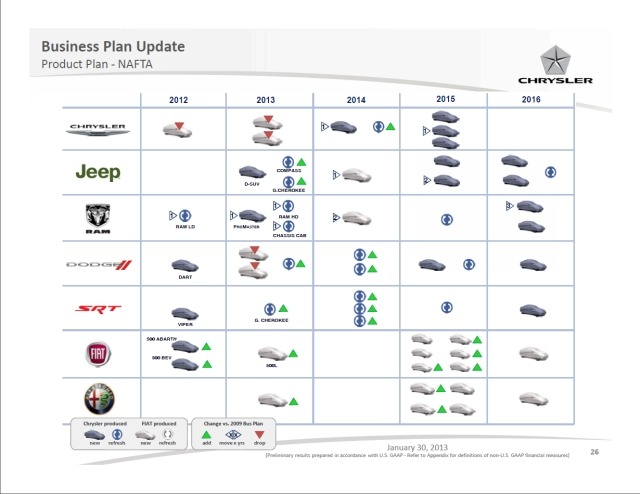Search the Community
Showing results for tags 'financial'.
-
Nissan is forcing employees to go without pay for two days at the beginning of January 2020 by remaining closed on the 2nd and 3rd of January. The move equates to a 9.2% pay cut for those paid monthly. In addition to the pay cuts, Nissan is cutting travel expenses by half effective immediately. All...
-
Nissan is forcing employees to go without pay for two days at the beginning of January 2020 by remaining closed on the 2nd and 3rd of January. The move equates to a 9.2% pay cut for those paid monthly. In addition to the pay cuts, Nissan is cutting travel expenses by half effective immediately. All...
-
Tesla posted a $722M loss for the first quarter of 2019, higher than analysts expectations. This was a swing from a 4th quarter 2018 profit of $139.5M. Cash on hand is $1.5B lower than end of 2018, now $2.2B, partially due to a one time payment of $920M in convertible bonds that came due. Tes...
-
Ford reported first quarter operating earnings of $801m, up $160m over the same quarter last year. The company says that it expects this quarter to be the strongest quarter of the year due to seasonal factors and major product launches later this year. However, the company says it still expects to...
-
Ford reported first quarter operating earnings of $801m, up $160m over the same quarter last year. The company says that it expects this quarter to be the strongest quarter of the year due to seasonal factors and major product launches later this year. However, the company says it still expects to...
-
BMW has issued a profit warning for 2019, saying that profits will be well below last year's 7.2€ billion. The company stated that higher raw material costs, unfavorable currency exchange, and compliance with stricter emissions standards are the main causes for the profit erosion. BMW is not p...
-

Rumorpile: Jaguar Land Rover Plan To Cut $6.8 Billion In Costs By 2020
William Maley posted an article in Jaguar
Jaguar Land Rover is readying a new plan that will see them cut 4.5 billion pounds (about $6.8 billion) in costs by 2020. According to Reuters, the plan dubbed Leap 4.5 will see the British automaker consolidate models to a small number of core platforms, overhauling the supply chain, and slow down/... -
Jaguar Land Rover is readying a new plan that will see them cut 4.5 billion pounds (about $6.8 billion) in costs by 2020. According to Reuters, the plan dubbed Leap 4.5 will see the British automaker consolidate models to a small number of core platforms, overhauling the supply chain, and slow down/...
-
By William Maley Staff Writer - CheersandGears.com January 30, 2013 Today, Chrysler announced its earnings for 2012 and the results are staggering. The company reported a net income of $1.7 billion, up substantially from minuscule $183 million profit earned in 2011. Chrysler also saw their 4th qu...
- 7 replies
-
- Alfa Romeo
- Chrysler
-
(and 7 more)
Tagged with:
-

Chrysler Announces $1.7 Billion In Net Income, Revises Product Plan
William Maley posted an article in Chrysler
By William Maley Staff Writer - CheersandGears.com January 30, 2013 Today, Chrysler announced its earnings for 2012 and the results are staggering. The company reported a net income of $1.7 billion, up substantially from minuscule $183 million profit earned in 2011. Chrysler also saw their 4th qu...- 7 comments
-
- Alfa Romeo
- Chrysler
-
(and 7 more)
Tagged with:









